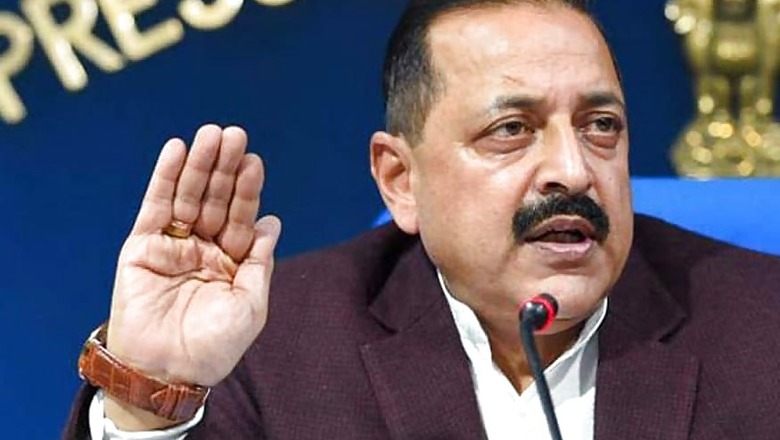
views
New Delhi: As the deadline for applications for lateral entry into Centrally sponsored IAS-level jobs came to a close at 5 pm on Monday, the number of entries barely crossed the 6,000 mark.
Senior officials in the Department of Personnel and Training (DoPT) informed, "We had hoped for more enthused interest. However, with just over 6,000 applications, the number is lower than expected."
Several officials in the department informed that one lakh applications were unanimously expected.
Opening the doors of the bureaucracy for private sector professionals, the government had on June 10 invited applications for 10 Joint Secretary-level posts through lateral entry as opposed to the UPSC examinations.
The government said the proposal of lateral entry was aimed at bringing in "fresh ideas and new approaches" to governance and also to augment workforce.
"Government of India has decided to invite talented and motivated Indian nationals willing to contribute towards nation building to join the government at the level of Joint Secretary," said a notification issued by the Department of Personnel and Training then.
The move to induct private sector specialists came following a suggestion from the government's policy think tank, Niti Aayog.
"Today, rising complexity of the economy has meant that policy making is a specialised activity. Therefore, it is essential that specialists be inducted into the system through lateral entry. Such entry will also have the beneficial side effect of bringing competition to the established career bureaucracy," a draft agenda report on civil services reform by the Aayog had said.
Joint Secretaries are at a crucial level of senior management in the government and lead policy making as well as implementation of various programmes and schemes of the department assigned to them. They report to the Secretary or the Additional Secretary in the respective ministries.
The joint secretary post is usually filled through the competitive exams conducted by the Union Public Service Commission (UPSC).
The government notification said that candidates having expertise in specific areas of revenue, financial services, economic affairs, agriculture, road transport and highways, shipping, environment and forests, new and renewable energy, civil aviation and commerce can apply for the posts.
While candidates from state governments and Central or state public sector undertakings will be appointed on deputation, the candidates from private sector will be appointed on a contract basis, the notification said.
The June 10 advertisement called for applications from those working at “comparable levels in private sector companies, consultancy organisations, international/multinational organisations with a minimum of 15 years’ experience”. The lateral entrants would have three to five-year tenures, according to the advertisement.
Minister of state in the Prime Minister’s Office Jitendra Singh told Parliament on Wednesday that the decision to fill the joint secretary (JS)-rank posts through the ‘lateral entry’ process was aimed at bringing in fresh ideas to governance. He added that it would introduce “new approaches” and augment the availability of personnel at the JS level. At the same time, Singh underlined that it was not being done because the bureaucracy was inefficient.
The government has cited examples of former Prime Minister Manmohan Singh and ex-deputy chairman of the erstwhile Planning Commission, Montek Singh Ahluwalia, as the examples of those who joined the government through the “lateral entry” process at various ranks.
Other than the few exceptions cited above, the government largely recruits bureaucrats through the civil services exam conducted by the Union Public Service Commission (UPSC).
The ‘lateral entry’ route will bypass the UPSC system under which 15 percent seats are reserved for the Scheduled Castes, 7.5 percent for the Scheduled Tribes and 27 percent for the Other Backward Castes in the Indian Administrative Services.
While one of the official in the department raised a concern about the quality of applications, others said assessing individual applications will take time.



















Comments
0 comment